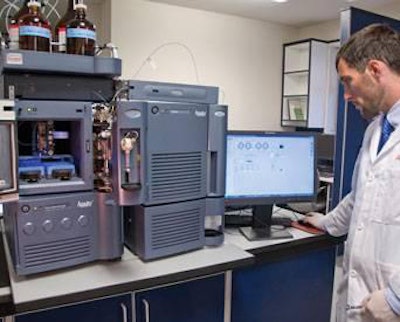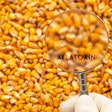
There’s no doubt about it: the 2013 corn crop broke records. The United States Department of Agriculture (USDA) reported this year’s record harvest output at 146 million bushels — 7 percent more grain than the previous record. While the 2013 corn crop delivered in volume, the size of the harvest certainly isn’t an indication of its quality. Quality not only in terms of its nutritive value but as it relates to the presence and levels of mycotoxins in this year’s crop.
According to the Harvest Analysis North America (HANA) survey conducted by Alltech, global animal health and nutrition company, more than 90 percent of corn silage yields and corn grain taken during the 2013 harvest tested positive for multiple mycotoxins. The company tested 101 samples sent in from across the United States and Canada (Figure 1). This means a greater percentage of feeds and feedstuffs are contaminated with multiple mycotoxins. For example, the breakdowns for corn silage and corn (Figure 2 and 3) are almost identical in that Fumonisin is the most prominent mycotoxin with Fusaric Acid and Type B Trichothecenes following closely behind.
The threat of masked mycotoxins
Multiple mycotoxins pose a threat due to their ability to work in either an additive or synergistic manner. Additive is merely a summation of toxicity, but mycotoxins that act synergistically will magnify the effects of other mycotoxins and therefore magnify the negative impact on animal performance and health. For example, deoxynivalenol (DON) and Fumonisin B1 can have an additive interaction, whereas DON and Fusaric acid have been found to be synergistic.
“Masked mycotoxins” bind with other feed materials, such as glucose, and allowing them to escape detection by the analytical methods which determine mycotoxin concentrations. This glucose bond, however, is easily broken within the animal’s digestive system via hydrolysis, the cleavage of chemical bonds with the introduction of water, and the mycotoxin is still harmful to the cow. This often means the mycotoxin test results are underestimated.
Combating masked mycotoxins
Here are some common practices for dealing with a mycotoxin issue in feed:
- Eliminate the suspected source of the mycotoxin, e.g. silage, haylage, whole cottonseed, almond hulls, etc.
- Add mold inhibition products, i.e. use of fungicides or mold inhibitors on the total mixed ration or corn silage
- Use mycotoxin sequestering agents in the feed. In many cases, the use of sequestering agent products results in the clinical and/or subclinical symptoms disappearing, and begins the progression of the affected animals or herd returning to normal.
Management strategies that prevent exposure to and ingestion of mycotoxins are always the best course of action. Feed mills or producers should test feed samples if they suspect mycotoxins are present. Feed manufacturers and ingredient brokers should be diligent in sample testing and always retain samples for 30 to 60 days.
The main objective is to continually monitor the stored grain for temperature and moisture, to check for mold growth and analyze for mycotoxin production, prior to feeding the grain to livestock. Be aware of the effects of multiple mycotoxins, implement a mycotoxin control program and stay vigilant with storage management for the new crops.
References available on request.
















